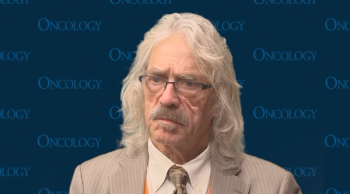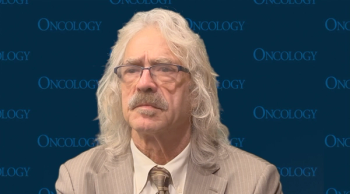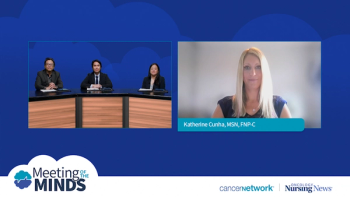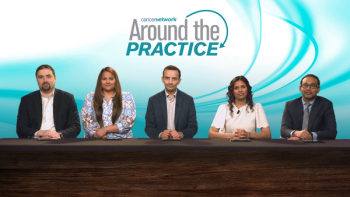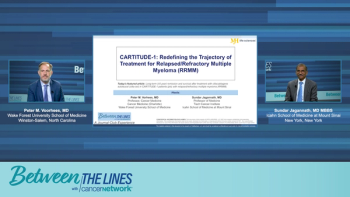
Panelists discuss how the choice of frontline therapy influences future treatment options by requiring strategic planning for progression, with emphasis on using radiation for oligoprogressive disease to continue effective treatments, repeating genomic testing to assess resistance patterns, considering clinical trials, and utilizing multidisciplinary approaches including surgery for oligoresidual disease to potentially achieve curative outcomes in selected patients.



